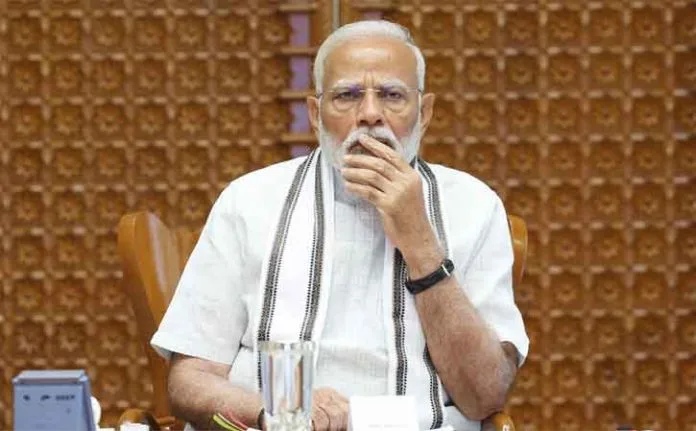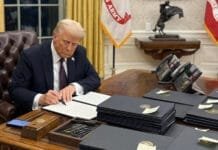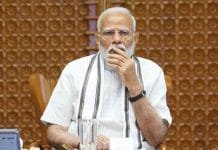A Fresh Wave in Indo-Japanese Ties
In a significant diplomatic milestone, Prime Minister Narendra Modi and Japan’s Prime Minister Sanae Takaichi held a crucial telephone conversation on October 29, 2025, reaffirming the two nations’ commitment to their “Special Strategic and Global Partnership.”
According to the official statement released by Japan’s Cabinet Secretariat, the discussion centered on economic cooperation, regional security, technology exchange, and Indo-Pacific strategy. The conversation comes just days after Diwali, marking a positive renewal of bilateral warmth between two of Asia’s most dynamic democracies.
“India and Japan stand together for a free, open, and prosperous Indo-Pacific. Our partnership continues to strengthen global stability,” PM Modi said in a post on X (formerly Twitter).
Economic Cooperation at the Core
The two leaders discussed ways to expand Japanese investments in India’s infrastructure, green energy, and semiconductor sectors. Japan is already one of India’s largest development partners, with projects spanning high-speed rail, metro expansion, and industrial corridors.
PM Takaichi reaffirmed Japan’s plan to enhance private sector participation in India’s manufacturing and renewable energy ecosystem. She highlighted Japan’s commitment to help India achieve its net-zero carbon goals by 2070 through joint innovation and clean-tech collaborations.
A source in the Ministry of External Affairs told INVC News Portal,
“This conversation signifies Tokyo’s continued confidence in India’s growth story, especially as global companies look to diversify supply chains away from China.”
Defence and Strategic Security in Focus
Defence cooperation remains a major pillar of India–Japan relations. The two leaders reviewed ongoing collaborations such as the Japan-India Maritime Exercise (JIMEX) and joint technology development for naval and air defence systems.
As China continues expanding its maritime presence in the Indo-Pacific, the Modi–Takaichi call underlined shared concerns over freedom of navigation and regional stability.
“The two nations reaffirmed their dedication to peace and stability in the Indo-Pacific region, ensuring a rule-based international order,” read the Japanese statement.
Technology and Digital Partnerships
The leaders also discussed enhancing cooperation in digital transformation, particularly in artificial intelligence, quantum computing, cybersecurity, and digital payments.
Japan, known for its advanced industrial tech, aims to partner with India’s booming digital economy to create new cross-border innovation hubs. This could lead to the establishment of an “India–Japan Tech Bridge 2025” — an initiative reportedly under discussion to connect startups, R&D centers, and universities in both countries.
The Indo-Pacific Equation
This renewed cooperation strengthens the larger Quad alliance (India, Japan, the U.S., Australia) and aligns with both nations’ long-term Indo-Pacific strategies. Japan has been a vocal advocate for maintaining peace and freedom of navigation in the South China Sea — an area increasingly under pressure from Beijing’s military activities.
Political analysts say this dialogue sends a clear signal that India and Japan remain steadfast allies in promoting regional security, technology-driven growth, and global governance reforms.
What’s Next
Both leaders agreed to meet in person in early 2026 for the India–Japan Annual Summit, expected to be hosted in Tokyo. Preparations are already underway for signing new agreements on defence logistics, supply chain diversification, and green finance.
“Our friendship is built on mutual respect and shared democratic values. Together, India and Japan will shape the future of Asia,” PM Modi concluded.
🧭 Highlights
PM Modi and Takaichi reaffirm “Special Strategic and Global Partnership.”
Key focus on trade, defence, digital innovation, and Indo-Pacific cooperation.
Japan to increase investments in India’s infrastructure and green energy.
Leaders to meet in person at 2026 India–Japan Summit in Tokyo.
















